Yamasheta 35 mm: Light Leaks and Overlapped Frames Galore!
2 8 Share TweetAs a result of its deficiencies as, well… a camera, the Yamasheta 35 mm is capable of creating very interesting results. Combined with its low price and reasonable flexibility, it makes a great addition to the collection of anyone who enjoys light leaks and overlapping frames.
One of the primary reasons I started into Lomography was to achieve the random, artistic light leaks I had seen in numerous photos. After spending many moons tinkering with Holgas, Brownies, an assortment of other low-tech cameras, and even a vintage Diana clone that was more light leak than camera (I could’ve achieved a similar effect by simply unrolling the film in broad daylight) – and never quite finding something that could consistently produce the results I wanted – I stumbled across a Craigslist ad for an obscure camera called the Yamasheta 35 mm. It looked hopeful, so I searched Flickr for photos tagged “Yamasheta” and was impressed with what I saw: many light leaks, some overlapping frames, and very few ‘normal’ pictures. Had I finally found the camera I had been looking for?
The Yamasheta 35MM is a cheaply made, all plastic camera designed to look like an SLR – even down to the functionless bulge where the pentaprism would be. The box boasts of its “blade shutter”, “built-in film counter” and “parallax corrected viewfinder” (whatever “parallax” correction is, as a camera of this quality certainly doesn’t have true parallax correction). You can see where this is going…

I wasn’t expecting much, but upon opening it I was still surprised at how cheap it felt. You can see in the pictures below how rough and sharp some of the seams and edges of the plastic are. It’s not a featherweight, but at around 10 ounces it does have some heft. The “Quality Control: Passed” sticker seems to be there for ironic purposes only.
The lens on the Yamasheta offers no surprises – it’s 50 mm (more or less), fixed-focus from 8 feet to infinity, and non-removable. There is only one shutter speed, which I have guesstimated is in the 1/60th – 1/100th range, as its true speed is not listed anywhere in the manual nor could I find it online. It does have four f-stops: 5.6, 8, 11, and 16, which is nice as most cameras in this quality range usually have between one to three f-stops. That gives you a bit more flexibility in choosing film speed, and on most days you should be able to use film between ISO 100-400. The hot shoe flash only adds to that flexibility by allowing you to shoot at night or indoors.
So how is it to use? Think of the solid, mechanical way it feels to advance the film on a Minolta XD series SLR, or the slick feel of focusing a precision rangefinder. Now imagine the opposite of that, because that’s what this camera is. As you advance the film, you have to force it and it feels as though the inevitably cheap and plastic internal mechanisms are about to break under the stress.
You’re again reminded of this camera’s cut-rate quality as you place your finger on the rough edges atop shutter release button. As the film counter starts to creep into the 30’s on what you’re sure was a 24 exposure roll, you start to wonder what’s gone wrong and pray to the lords that your precious images turn out. Finally, you’ve reached the end of the roll, and to rewind the film you must hold the release button, as otherwise it will pop back out and lock the film.

So, most importantly, how do the images turn out? So far I have only ran one roll of film through this camera, but it turned out to be one of my favorite rolls. On a 24 exposure roll I took about 36 frames and ended up with about 29 final crops. I highly recommend that you do your own scanning with this camera, as the average lab isn’t going to painstakingly handpick the best crops from the jumble of frames it creates. Each Yamasheta seems to produce a little bit different results. Mine produced several light leaks – although not quite as many or of the intensity I’ve seen on others.
Most of the frames were overlapped, which seems to be an occasional if not frequent trait of these Yamashetas. It is worth mentioning that, upon seeing the final images, I realized the viewfinder coverage of this camera is terrible. For example; I distinctly remember framing the photo of the newspaper stand and bench very tightly around the edges of those objects, but as you can see there is a lot of dead space around them in the final image. Next time I use this camera I will crop the images tighter, to the point where some of my desired composition is left outside of the viewfinder. Below are some of my favorite images from this roll:
Overall, the Yamasheta 35 mm camera has a lot to offer Lomographers. It has the wild, interesting, and unpredictable results we crave. It’s far from feature-rich, but it offers enough flexibility for lots of film choice and use in various conditions. To top it all off, it’s a great value too. You can easily pick one up on eBay for $10-20, or less if you’re lucky enough to find it in a thrift shop. I’ve certainly enjoyed my experience with this camera so far, I look forward to using it in the future, and if given the chance will probably pick up another!
This article was written by Community member sunsetsandsilhouettedreams.
écrit par sunsetsandsilhouettedreams le 2013-07-22 dans #équipement #35mm #review #camera #light-leak #lomography #yamasheta #overlapped-frame











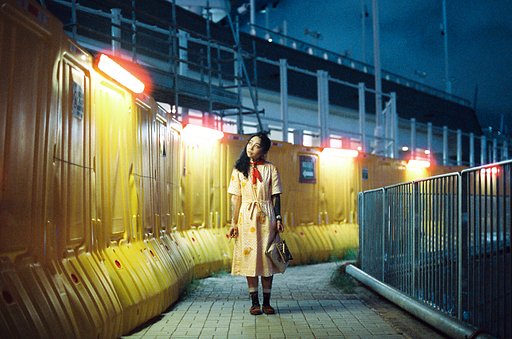


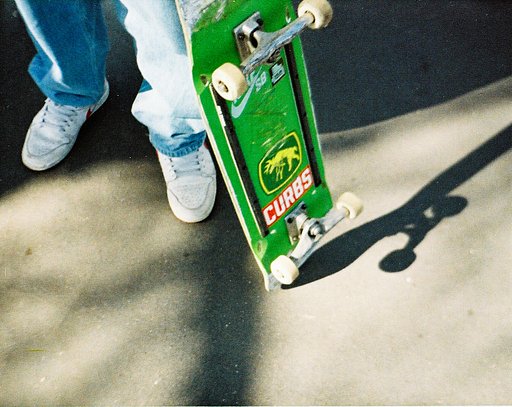



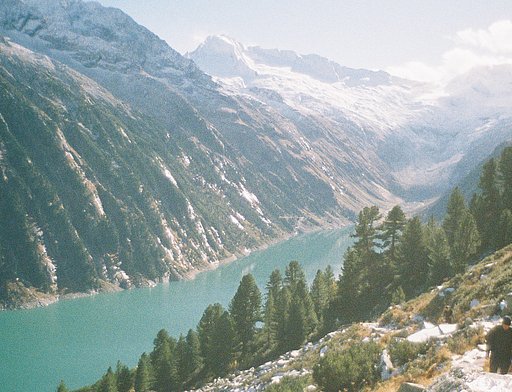




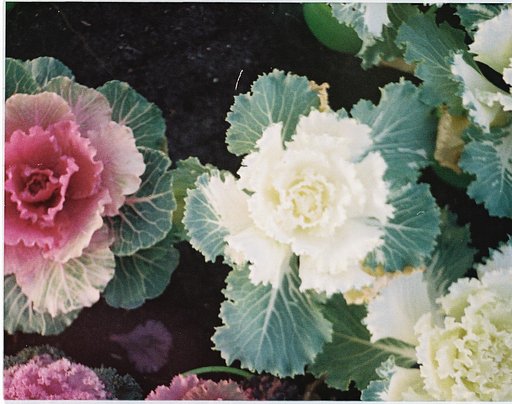
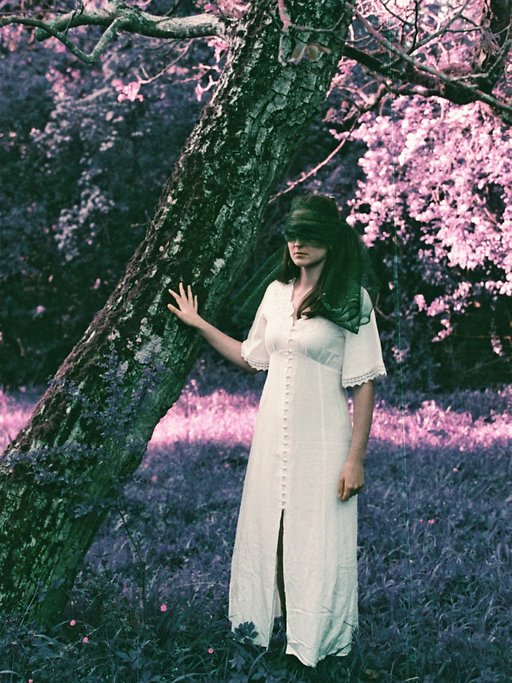
2 commentaires